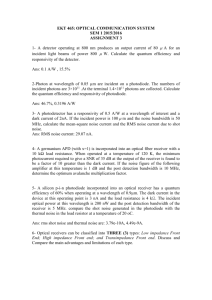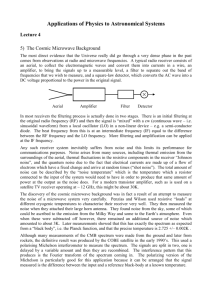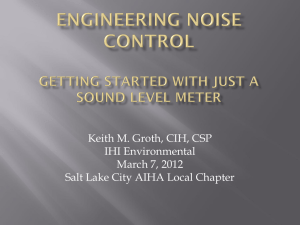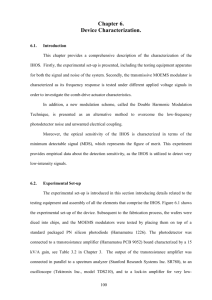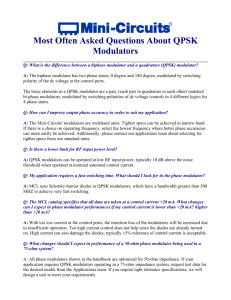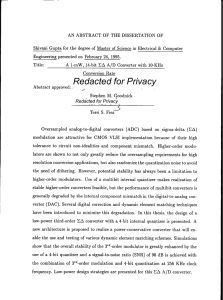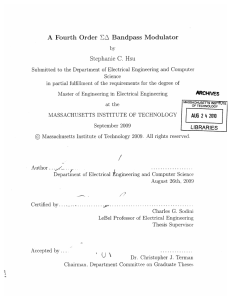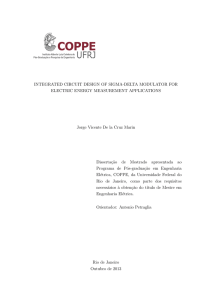communication theory question bank
advertisement
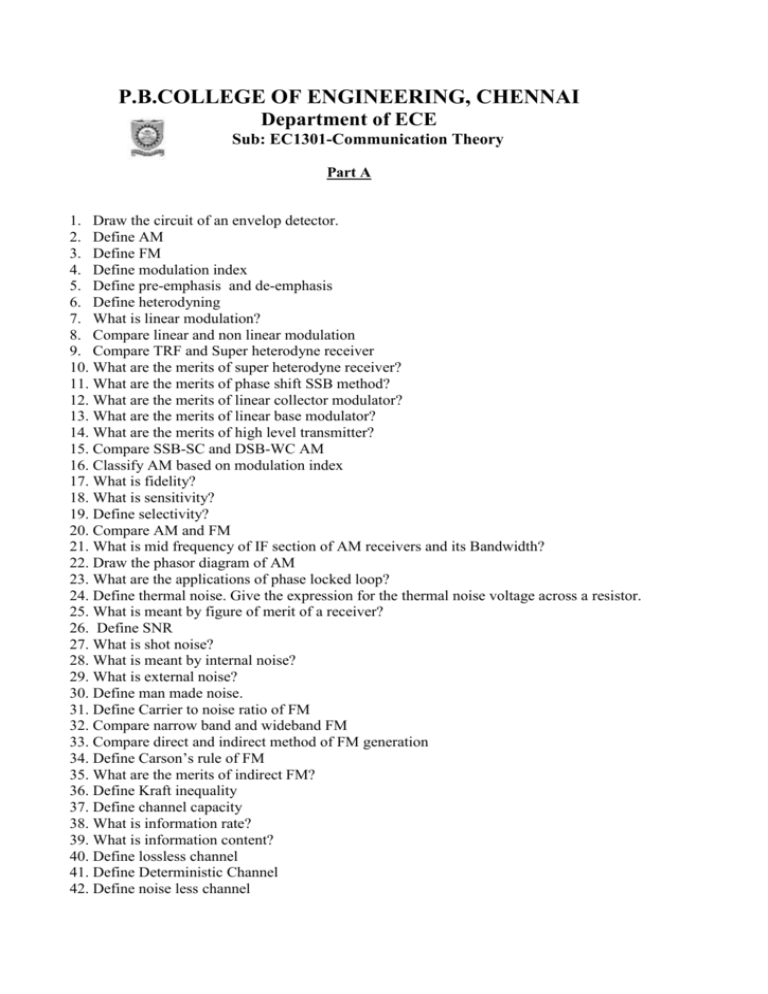
P.B.COLLEGE OF ENGINEERING, CHENNAI
Department of ECE
Sub: EC1301-Communication Theory
Part A
1. Draw the circuit of an envelop detector.
2. Define AM
3. Define FM
4. Define modulation index
5. Define pre-emphasis and de-emphasis
6. Define heterodyning
7. What is linear modulation?
8. Compare linear and non linear modulation
9. Compare TRF and Super heterodyne receiver
10. What are the merits of super heterodyne receiver?
11. What are the merits of phase shift SSB method?
12. What are the merits of linear collector modulator?
13. What are the merits of linear base modulator?
14. What are the merits of high level transmitter?
15. Compare SSB-SC and DSB-WC AM
16. Classify AM based on modulation index
17. What is fidelity?
18. What is sensitivity?
19. Define selectivity?
20. Compare AM and FM
21. What is mid frequency of IF section of AM receivers and its Bandwidth?
22. Draw the phasor diagram of AM
23. What are the applications of phase locked loop?
24. Define thermal noise. Give the expression for the thermal noise voltage across a resistor.
25. What is meant by figure of merit of a receiver?
26. Define SNR
27. What is shot noise?
28. What is meant by internal noise?
29. What is external noise?
30. Define man made noise.
31. Define Carrier to noise ratio of FM
32. Compare narrow band and wideband FM
33. Compare direct and indirect method of FM generation
34. Define Carson’s rule of FM
35. What are the merits of indirect FM?
36. Define Kraft inequality
37. Define channel capacity
38. What is information rate?
39. What is information content?
40. Define lossless channel
41. Define Deterministic Channel
42. Define noise less channel
43. Define source coding theorem
44. What are the merits of ratio detector?
45. What is channel matrix?
46. What is threshold effect of FM?
47. Define Entropy.
48. What is a prefix code?
49. Define Binary symmetric channel
50. What is meant by reduction 1?
Part B
1. What are the advantages of super heterodyne receiver over TRF receiver? Draw the diagram of
super heterodyne receiver and explain the functions of each block.
2. Draw the circuit diagram of a ring modulator and explain its operation
3. Discuss coherent detection of DSBSC modulated wave with a block diagram of the detector
4. Derive the expression for the frequency modulated signal. Explain what is meant by
narrow –band FM and wideband FM using the expression.
5. Discuss the indirect method of generating a wideband FM signal
6. Draw the circuit diagram of Fosterseeley discriminator and explain its working
7. What is meant by noise equivalent bandwidth? Illustrate it with a diagram
8. What is a narrow band noise? Discuss the properties of the narrowband noise
9. Derive the expression for output SNR for a DSBSC receiver using coherent detection
10. Write short notes on noise in SSB receivers
11. Explain the noise in AM receiver using its noisy model block diagram
12. What are pre emphasis and de emphasis in FM? Draw suitable circuits and Explain
13. Explain the capture effect and FM threshold effect
14. Draw the block diagram of FM demodulator and explain the effect of noise in detail and
compare the Performance of AM and FM in the presence of noise
15. What is entropy? Explain the important properties of entropy
Five symbols of the alphabet of a discrete memory less source and their probabilities are
given below: {x1,x2,x3,x4,x5} and {0.2,0.3,0.1,0.25,0.15} compute Shannon and Huffman
codes
16. Define mutual information. Find the relation between the mutual information and the joint
entropy of the channel input and channel output
17. What are the implications of information capacity theorem?
18. Draw the circuit diagram of linear collector modulator and explain.
19. Draw the circuit diagram of linear Emitter modulator and explain.
20. Draw the circuit diagram of linear Base modulator and explain.
21. What is non linear modulator? Explain balanced modulator.
22. Explain balanced modulator with circuit diagram
23. Draw the circuit diagram of ratio detector and explain.
24. Explain generation of SSB using filter and phase shift methods.
25. Explain FM stereo multiplexing with diagram.
